Plant Species of San Jacinto Mountain: Calochortus invenustus Progression of Flower with Age
See Plant Species of San Jacinto Mountain: Calochortus species, Mariposa Lilies, for a background to this page, with more information about our Calochortus species.
Keir Morse sugggested it would be interesting to take photographs of individual Calochortus flowers every day, to see how long an individual flower lasts, and how its appearance changes with time. Holtsford 1985 reported that the flowers of C. leichtlinii are functionally male for the first two days, with the stigma being receptive to pollen only on the third day.
Since I only hike the San Jacinto Mountains every four to five days, I am not able to do that study. But it occurred to me that I could get similar results by photographing a large number of flowers in one area, and seeing if I could arrange them into age classes.
On 24 June 2022, I photographed 29 flowers of C. invenustus in Tahquitz Meadow. 24 of my photos were large enough, and in focus enough, to use for this analysis.
I cropped each photo to show only the central part of each flower, and resized them to be 400 pixels wide. I then visually examined the appearance of the stigma and anthers, and sorted them into categories in an iterative procedure. My final sort was into four categories given in Table 1.
Each photograph of the central part of the flower is presented in Fig. 1 1, with the columns being the four categories. Photographs of the entire flower are presented in Fig. 2, in the same order as in Fig. 1.
I made all the photographs relatively large, so the stigma and anthers could be seen well. As a result, this page is best viewed on a computer large screen. If this page is still too wide to fit on your screen, use your browser's setting to make everything smaller (control-hyphen in windows).
Table 1. Categories of C. invenustus flowers
| Category | # of flowers |
|---|---|
| Smallest stigma, fresh anthers | 6 |
| Smallest stigma, not-fresh anthers | 5 |
| Small stigma, twisted anthers | 6 |
| Largest stigma, long-decayed anthers | 7 |
The number of flowers in each category is remarkably constant, implying that each category is probably the result of changes that occurred in successive days. I never paid attention to the number of pictures in a given category when I was sorting them, with my only goal to have each category have uniform flowers.
These four categories would then imply that an individual flower lasts four days. The following is speculation from the appearance of the flowers:
- On the first day, the flower opens, the stigma is small and not receptive to pollen, and the anthers are fresh, releasing pollen.
- On the second day, the stigma is still small, but the anthers are ending their release of pollen.
- On the third day, the stigma begins to enlarge and become receptive to pollen, with the anthers decaying and becoming twisted.
- On the fourth day, the stigma reaches its maximum size, and the anthers have lost their blue color. Oddly, none of the anthers in this category are twisted.
However, I am not sure that I've interpreted day 2 and day 3 correctly. In the pictures presented below, the anther color seems to be fresher even though the anthers are twisted. So it may be that on day 2, the anthers twist to release the last of their pollen, and on day 3, the anthers untwist and their color fades.
Bruce Watts suggested looking at the overlap of the petals with time. He has found that in C. palmeri munzii, the shape and spread of the petals changes with time:
On day one the petals aren't fully spread and the flowers are like bowls, I have seen some flowers with rain water forming tiny pools inside, day two the petals are more spread but they overlap, day three and four the petals are no longer touching each other and the sepals are fully visible, the next stage both the sepals and petals start to curve back.
I looked at my pictures of the full flowers for C. invenustus, and unfortunately there is not a high correlation of petal properties with stigma / anther properties, except that the last category, "Largest stigma, long-decayed anthers", has mostly petals starting to curl or all curled. Some of the petals in that category still hide the sepals though!
In the "fresh anthers" category, which I would have thought clearly would be day 1, one flower has ratty looking petals, and the sepals are almost completely visible. Another has the sepals almost complete visible, with petals that are curling.
I then looked at the petal properties alone for their degree of overlap. I saw three categories, with ten flowers with overlapping petals, four flowers with petals just touching each other, and ten flowers with non-overlapping petals. In the overlapping category, the flowers mostly have fresh stamens, but three flowers have completely-bleached stamens. Likelywise, the non-overlapping category has mostly long-finished stamens, but four flowers have fresh stamens.
So while there is some correlation between petal overlap and age, there must be something else other than age that causes the petals to be overlapping or not.
It would clearly be wonderful if someone can follow-up some individual flowers through their lifetime to nail down how the flowers progress with time!
| Category | |||
|---|---|---|---|
| Smallest stigma, fresh anthers | Smallest stigma, not-fresh anthers | Small stigma, twisted anthers | Largest stigma, long-decayed anthers |
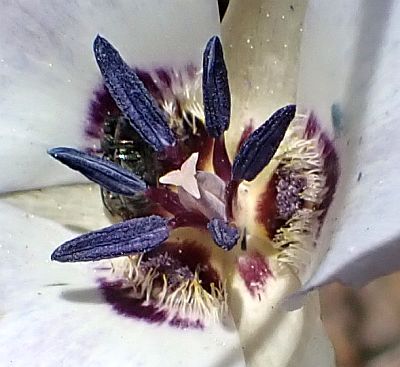
| 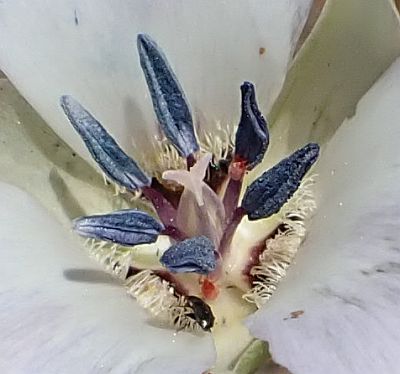
| 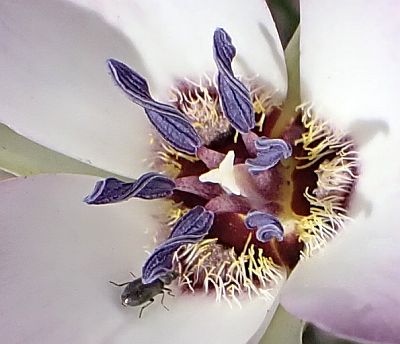
| 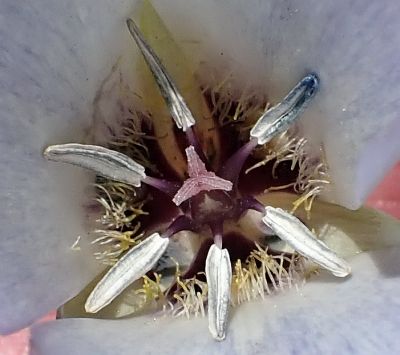
|
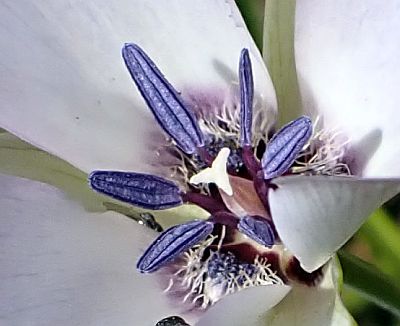
| 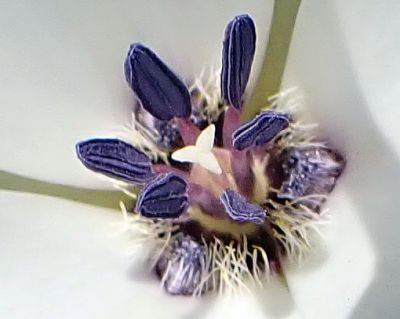
| 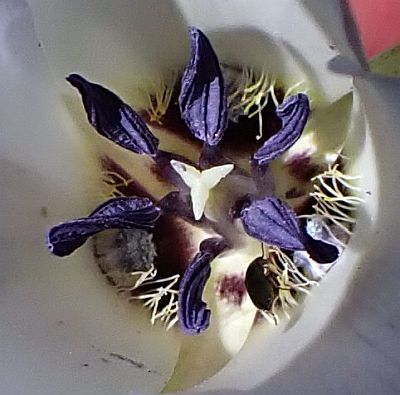
| 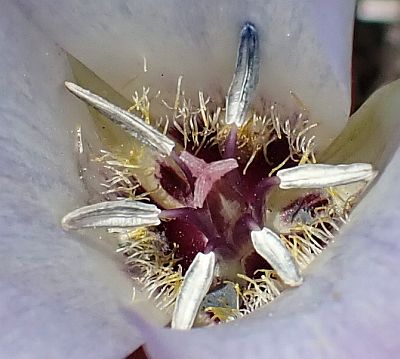
|
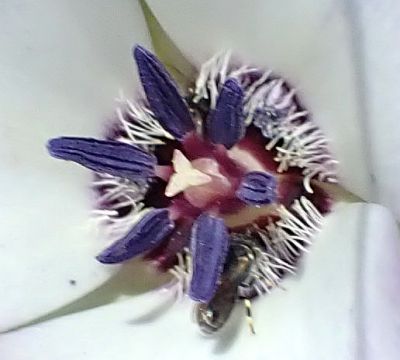
| 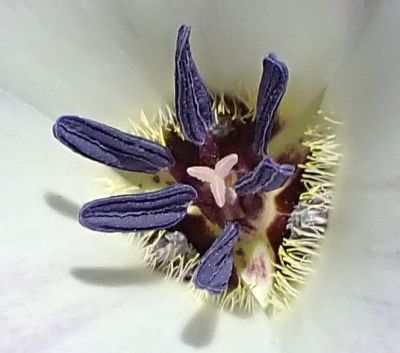
| 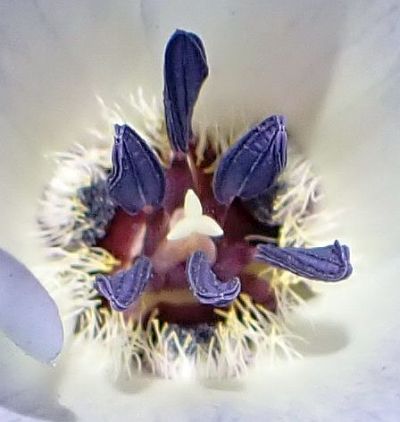
| 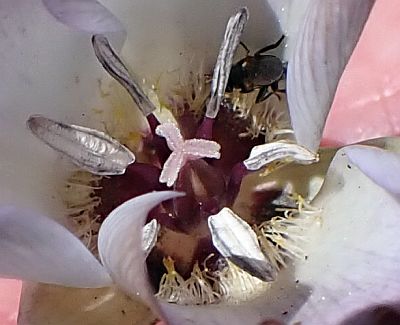
|
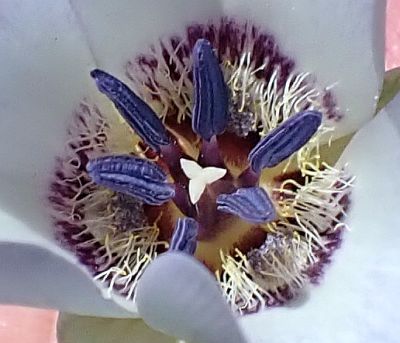
| 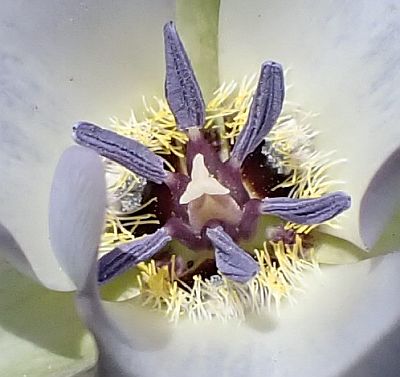
| 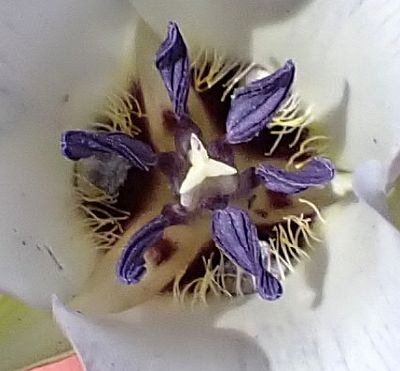
| 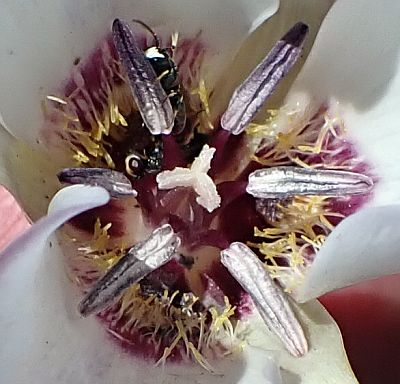
|
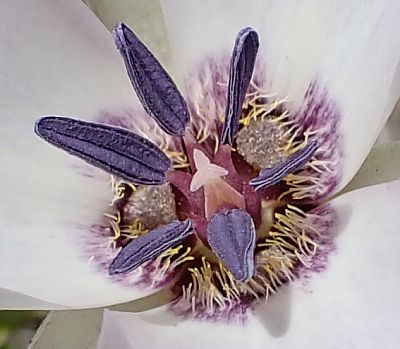
| 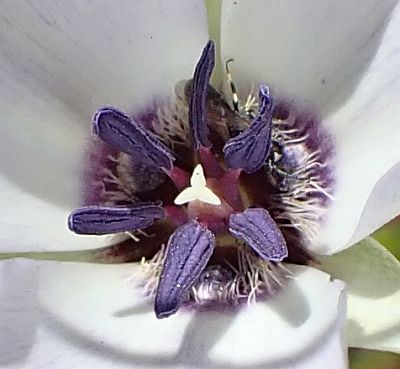
| 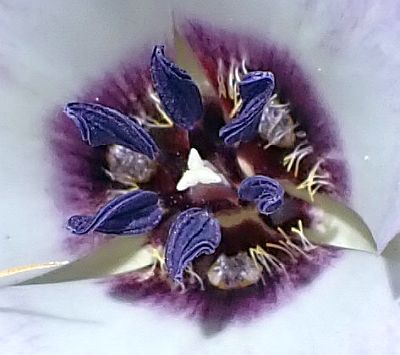
| 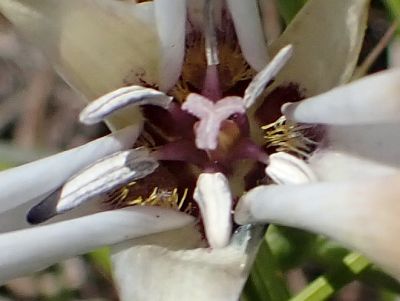
|
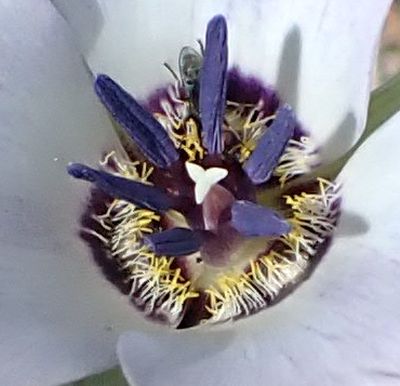
| (Intentionally blank) | 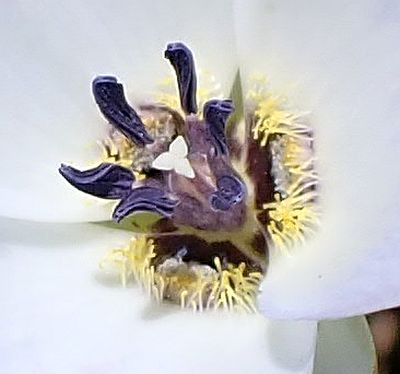
| 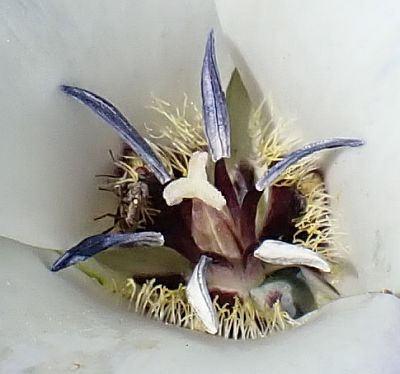
|
| (Intentionally blank) | (Intentionally blank) | (Intentionally blank) | 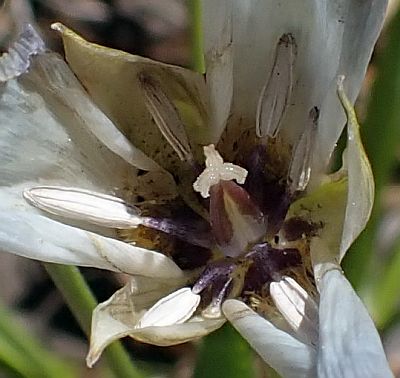
|
| Fig. 1. The photographs used for this study, showing the central part of each flower, with each category a separate column. See Fig. 2 for photographs of the entire flowers. | |||
| Category | |||
|---|---|---|---|
| Smallest stigma, fresh anthers | Smallest stigma, not-fresh anthers | Small stigma, twisted anthers | Largest stigma, long-decayed anthers |
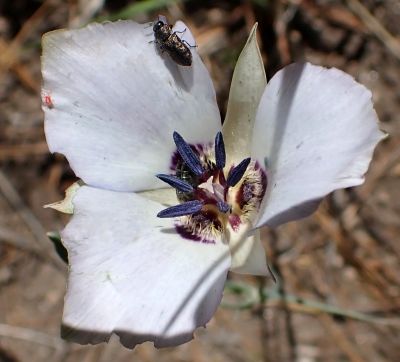
| 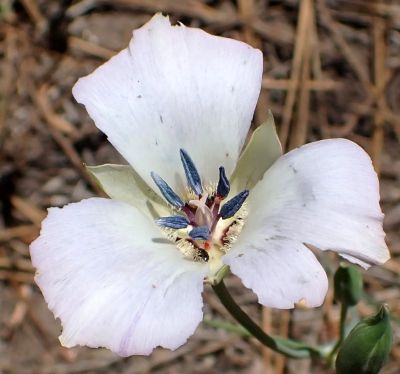
| 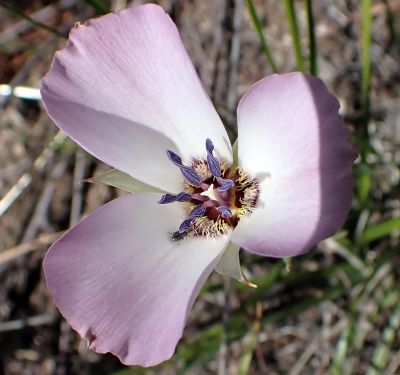
| 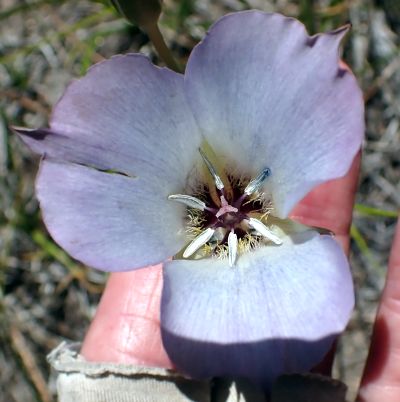
|
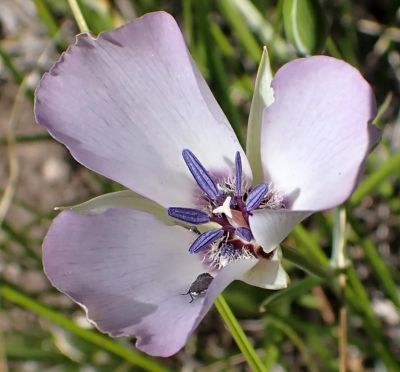
| 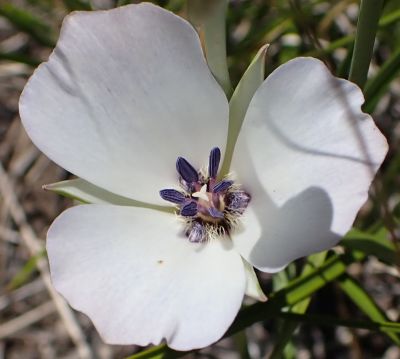
| 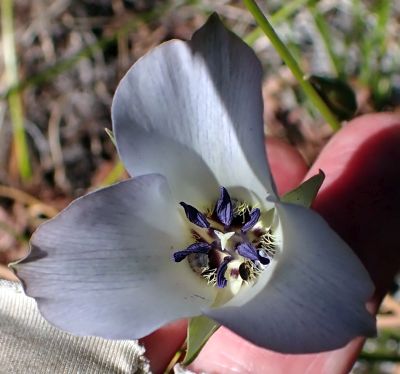
| 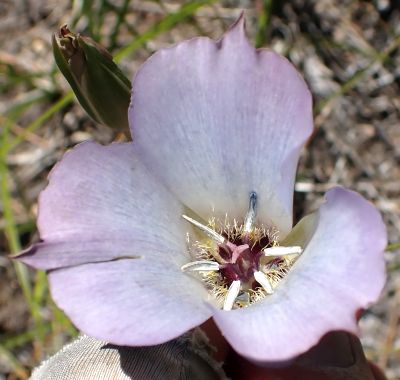
|
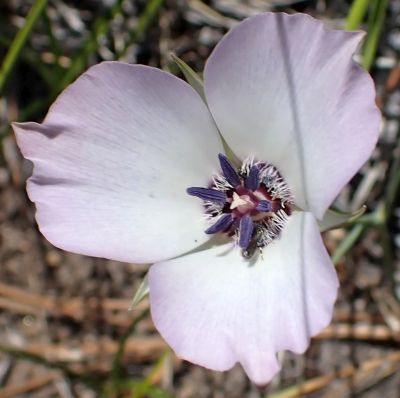
| 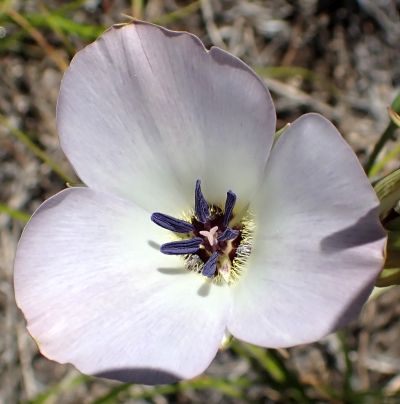
| 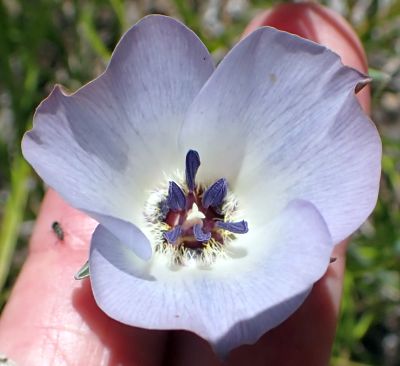
| 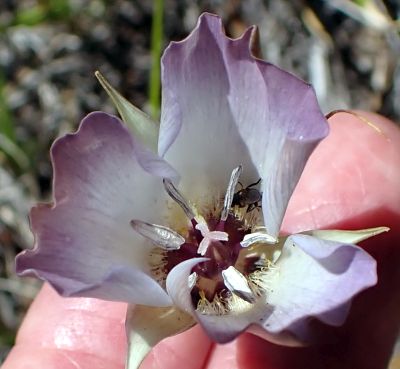
|
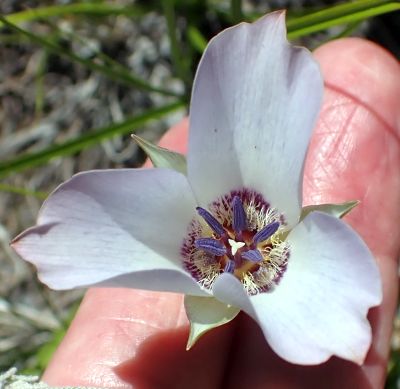
| 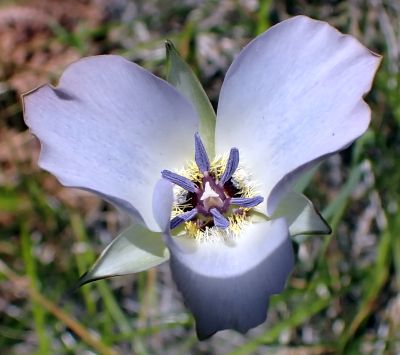
| 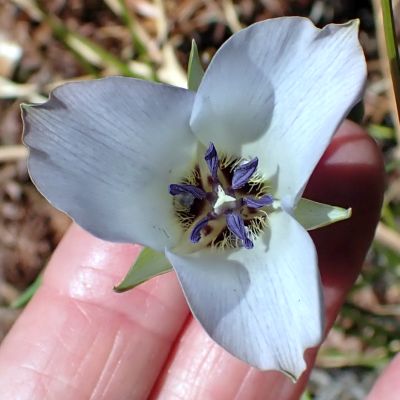
| 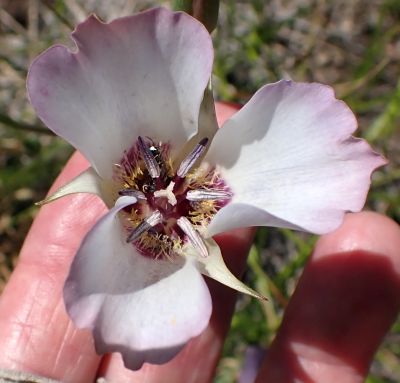
|
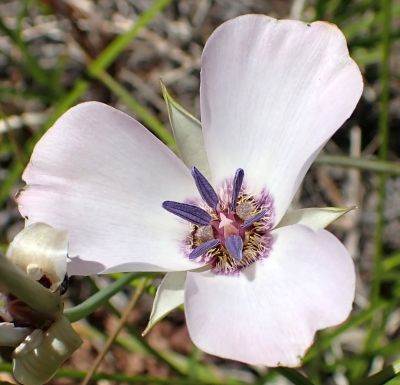
| 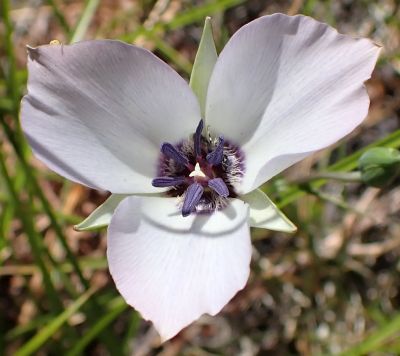
| 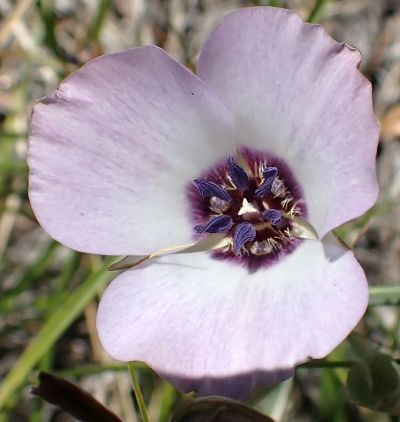
| 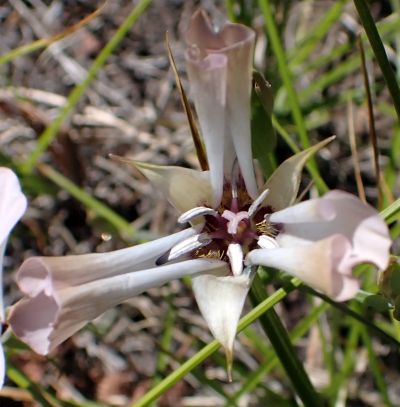
|
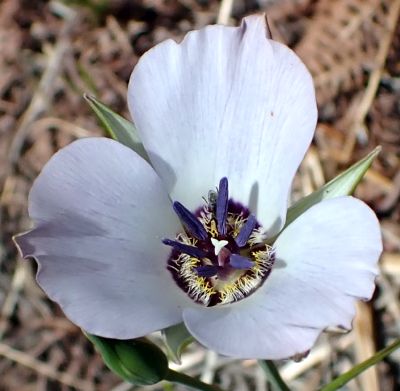
| (Intentionally blank) | 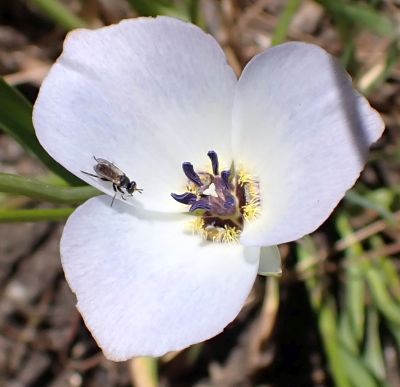
| 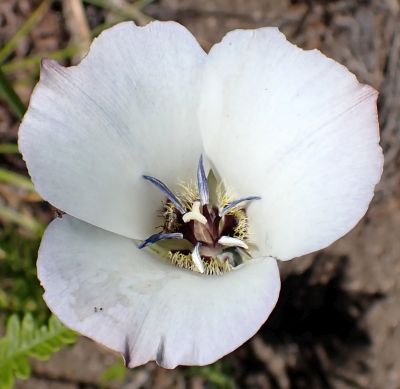
|
| (Intentionally blank) | (Intentionally blank) | (Intentionally blank) | 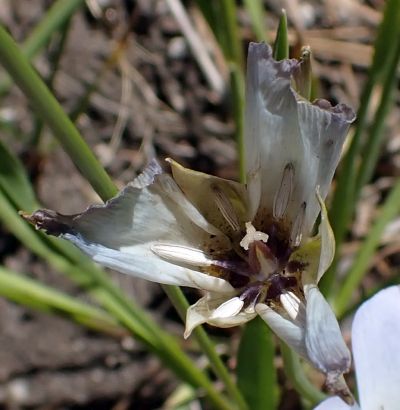
|
| Fig. 2. The photographs of the entire flower used for this study, with each category a separate column. See Fig. 1 for a larger version of the central part of each flower. | |||